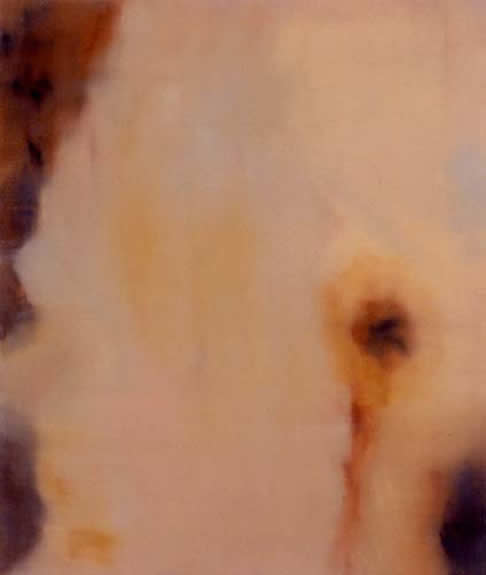
In my painting, sculptures and photography, natural observation meets artistic abstraction, and pure science becomes a purely sensual experience. Quantum physics teaches us that there is no such thing as casual observation; nature shifts even as we watch, and to observe and understand it is to participate in its evolution. But while scientists examine vast sweeps of time and space for the slightest clues to our own development, I find broader human perspective in nature’s smallest, most ephemeral details. For the past eight years, I’ve hiked the Northern California coast and other locales in search of macroscopic patterns indicating cycles of growth and decay in trees. I painstakingly capture these in photographs and a log book, then return to the studio for the months of work necessary to recreate and reinvent these evolutionary phenomena as works of art. These macrophotographs are compelling abstractions in themselves, revealing biomorphic designs evolved from eons of natural selection and decades of exposure to the elements. In my Pacifica Madrona and English Sycamore series of paintings, I replicate the subtle yet startling colors, peeling bark and spiraling whorls of each tree as faithfully as possible on a large scale, loading vast canvases with powdered minerals and oil paints and sanding the canvas where necessary to recreate nature’s vibrant, textured effects. In my sculptural works, I reassemble cross-sections of found wood into leaning, totemic towers and organic yet ordered wall installations. As Heisenberg's Uncertainty Principle states, there is a limit to what can be observed – but where quantum science leaves off, quixotic imagination takes flight. Forms emerge from the shimmering surfaces of my paintings that seem to echo celestial bodies, deep seascapes, Baroque ceilings, and the fiery mouth of a volcano. The sculptures and wall installations seem to have found their own fragile sense of balance, and their distinct familiar tree rings and loose bark make them appear as organically occurring icons. I find the inherent order in the apparent randomness of nature, bringing John Cage’s Principles of Chance Operation together with basic postulates of chaos theory. With each work, I target the area between observation and imagination, discrete forms and unbounded expression. — Judith Anderson |